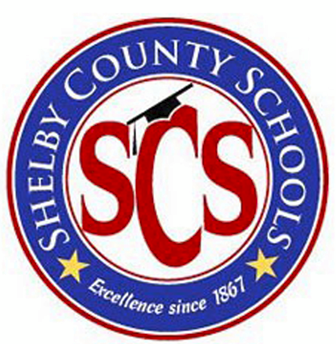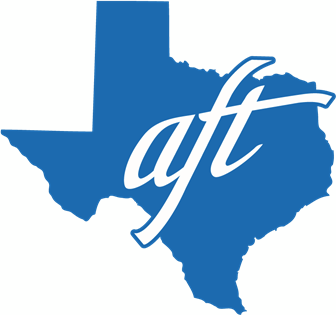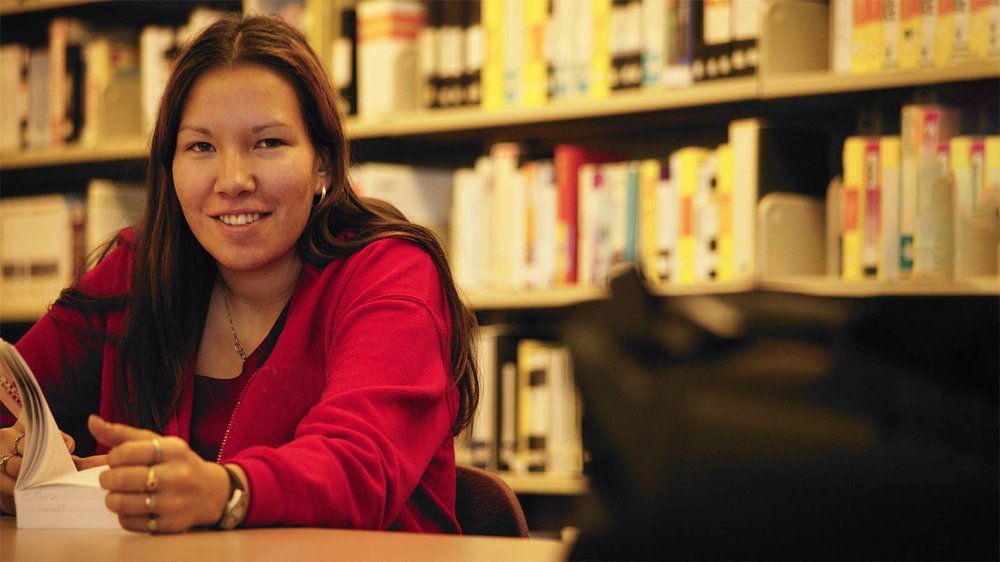Secretary DeVos Announces $24 Million In Grants to Expand Education Choice for Native American Students – From the U.S. Department of Education
U.S. Secretary of Education Betsy DeVos announced this week 40 new grant awards totaling $24 million to expand education options for American Indian and Alaska Native students. The Accessing Choices in Education (ACE) grants will help Native American communities set up a variety of education options and services, including additional course options, apprenticeships, tutoring and many other programs, from which parents or students can choose.
“All too often, Native American students do not have access to high quality education options tailored to meet their needs, culture, heritage and ambitions,” said Secretary DeVos. “We developed the ACE grants to empower tribes to expand options for students, so they can then select the courses, services and on-the-job learning experiences that are the right fit for them. I am hopeful that by empowering tribes and the students they serve with more options for their education, we will see improved outcomes.”
The ACE grant funds are critical to both rural and urban tribal communities who are often faced with limited choice options. Projects will support activities such as culturally relevant career exploration, including skills development, on-the-job training, hands-on learning with a focus on STEAM, counseling and mentorships, family engagement, and test preparation.
An ACE proposal was required to include more than one education option from which parents and students may choose, including: advanced, remedial, or elective courses (including online); apprenticeships or training programs; concurrent or dual enrollment options; native language, history, or culture courses; supplemental counseling services; tuition; summer or afterschool education programs, and student transportation needed for those specific programs; and many other education-related services that the tribe determines are needed in its community.

States invest in datacasting to bridge the K-12 digital divide – By Naaz Modan, Education Dive
Datacasting, or data broadcasting, has been used for years in the public safety sector, helping first responders prepare for natural disasters, search and rescue missions and school safety operations. Now, the concept is being repurposed to provide rural students who don't have reliable access to the internet with remote learning opportunities.
The technology, which bypasses the need for a cellular network or internet service, uses television broadcast signals to distribute information to any device that is wireless enabled, like a smartphone, tablet or Chromebook.
"What datacasting is doing is creating a network, but it’s not the same thing as the internet," said Stephanie Frazier, vice president of education at SCETV, South Carolina's education television network. "Anything that you can put in a learning management system or send via email, you can send via datacast using [a broadcast signal]."
And because the information is sent over a secure network, said Jeremy Cauthen, SCETV's director of communications, it would be safe from activity recently concerning other districts, like ransomware attacks, data breaches and iterations of "Zoombombers."

Shelby County Schools to use more virtual teachers to fill vacancies that require certification – By Laura Faith Kebede, Commercial Appeal
After positive reviews from principals, Shelby County Schools is again turning to a company that employs temporary remote teachers for openings in high school classes.
On Tuesday evening, the school board approved a $392,700 contract with Proximity Learning. The contract would allow them to fill up to seven teacher vacancies that require special certification, such as algebra and chemistry. A district staff member, such as a teacher assistant, would also help manage each online class.
Last year, the district used remote teachers from the same company to fill high school classroom vacancies. Board members and the district’s teacher associations previously said virtual teachers masked the real problem of low teacher retention as Superintendent Joris Ray called the situation “not ideal.”
Despite the pandemic, teacher vacancies in Shelby County Schools were relatively steady before the academic year started. Now the district is reporting half as many vacancies as last year, when they first sought out Proximity Learning.

Data That Educators Need to Reopen Schools Isn’t Coming. So They’re Collecting It Themselves – By Rebecca Koenig, EdSurge
The sweep of the coronavirus across the U.S. has produced an information paradox. News reports—and rumors—about the pandemic are inescapable. Yet without a coordinated national response to the crisis, reliable data that could help inform policy is scarce.
School leaders trying to make decisions about whether and how to reopen physical classrooms this fall are feeling the absence of useful statistics acutely. So too are parents wondering whether to send their kids to school in person, if and when they have that option.
They’re not getting health and safety data from the government agencies that might be best positioned to collect and publish it. The Centers for Disease Control and Prevention isn’t tracking COVID-19 cases associated with K-12 schools. Neither is the federal Department of Education. Some states are collecting data but aren’t necessarily sharing it publicly.
So educators are tackling that homework themselves. Some have national ambitions, like the teacher in Kansas counting cases of COVID-19 in schools across the country. Others have a regional scope, like the teachers union in Texas tallying cases across the state.












